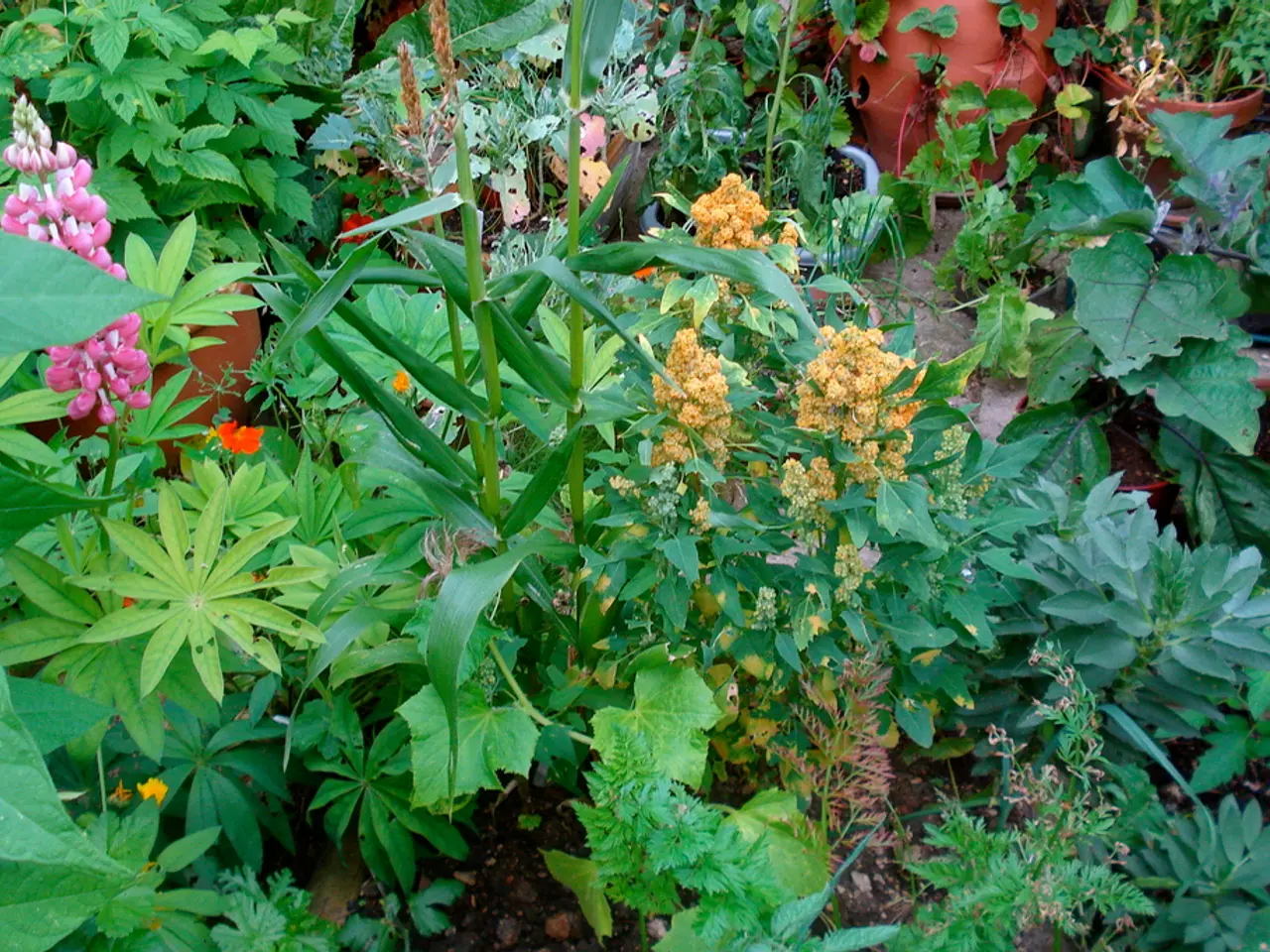Comprehensive Guide on Nurturing Fittonia Plants, Also Known as Nerve Plants
The Fittonia Albivenis, commonly known as the Nerve Plant, is a captivating evergreen perennial that adds a touch of tropical charm to any indoor space. Originating from the rainforests of South America, Columbia, and Peru, this spreading plant thrives with the right care.
Propagating a Nerve Plant
To propagate your Nerve Plant, take a stem cutting at an angle, including at least two nodes, in the late spring or early summer. Bury the cutting in a container filled with a peat-based potting medium and keep the soil moist. Roots should appear in about 2-3 weeks.
Caring for Your Nerve Plant
Lighting
Provide bright, indirect light while avoiding direct sunlight, which can scorch its delicate leaves.
Watering
Keep the soil consistently moist but not waterlogged. Water when the top inch of soil feels dry. The plant benefits from regular misting to maintain leaf moisture.
Temperature
Maintain temperatures above 65°F (18°C) and protect the plant from cold drafts or sudden temperature fluctuations.
Humidity
Require high humidity, ideally 60% or higher. Frequent leaf misting or placing the pot on a humidity tray helps mimic its native tropical environment.
Soil
Use well-draining, rich potting soil that retains moisture without becoming soggy. Amending soil with coconut coir or peat can improve moisture retention and aeration.
Fertilizer
Feed during the growing season (spring and summer) with a diluted balanced liquid fertilizer every 4 to 6 weeks to support vibrant growth; reduce feeding in winter.
Pruning
Regularly pinch back stems to encourage bushier growth and remove any yellowing or dead leaves to maintain plant health.
Potential Problems
Watch for leaf browning or wilting caused by inconsistent watering or low humidity. Spider mites and aphids can occasionally infest Fittonias; maintain humidity and inspect leaves regularly to prevent pests.
Repotting
If your Nerve Plant needs to be repotted, select a slightly larger pot with drainage holes and repot in a peat-based potting soil in the spring or early summer.
Varieties
The Argyroneura group of Fittonia has leaves of deep green with silver/white veins. The Pearcei variety of Fittonia is deep green with reddish veins.
The Nerve Plant, with its colourful foliage and easy care requirements, makes an excellent addition to any indoor garden. Happy growing!
References
[1] The Spruce, Fittonia Care: How to Grow, Water, and Propagate Fittonias, https://www.thespruce.com/fittonia-care-1382145
[2] Gardening Know How, Fittonia Care: Tips for Growing Fittonia Plants, https://www.gardeningknowhow.com/ornamental/foliage/fittonia/fittonia-care-tips.htm
[3] HGTV, Fittonia (Nerve Plant) Care, https://www.hgtv.com/design/outdoors/plants-flowers/fittonia-nerve-plant-care
[4] The Gardener's Network, Fittonia albivenis (Nerve Plant) Care, https://www.thegardenersnetwork.com/plants/fittonia-albivenis-nerve-plant/
To extend your indoor garden and bring a touch of the tropics into your home-and-garden lifestyle, consider adding the vibrant Nerve Plant (Fittonia) to your collection. With its distinct variegated foliage, the Nerve Plant thrives in a similar environment as many home-and-garden favorites, making it an ideal choice for gardening enthusiasts and beginners alike.




